Sélectionnez ce type de licence lorsque vous développez une application pour iOS, Android ou Windows Phone et que vous intégrez le fichier de fonte dans le code de votre application mobile.
Berber™
par Letterbox
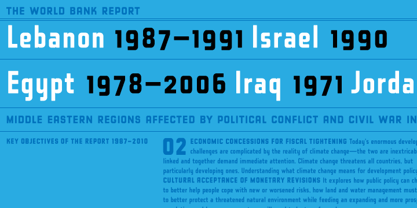
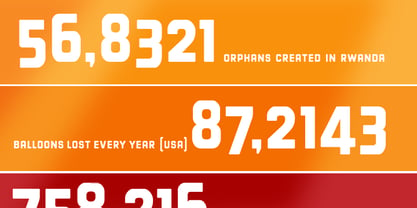
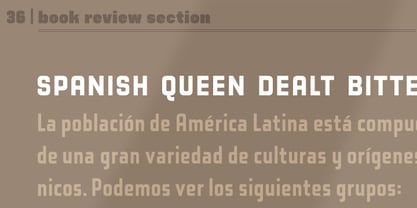
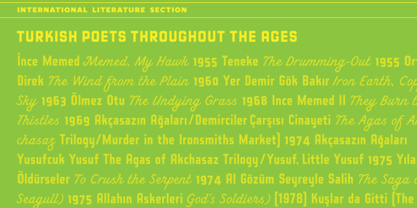
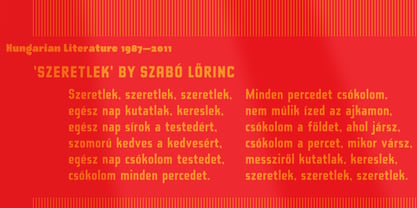
- AaGlyphs
-
Meilleure offreOffres familiales
- Styles individuels
- Spécifications techniques
- Licences
Par style :
$50.00
Paquet de 2 styles :
$100.00
A propos de la famille Berber Police
Initialement inspiré d'une police de caractères sans titre provenant d'un vieux livre d'écriture manuelle, le Berber a été largement développé au cours de deux incarnations pour fonctionner comme un sans très fort et confiant. Les révisions apportées au Berber en 2011 lui ont permis d'être utilisé dans des contextes plus longs ainsi que dans des applications plus conventionnelles telles que la signalétique. Le Berber a été utilisé comme caractère de texte pour le numéro 46 d'Eye, la revue de graphisme. La police de caractères comporte désormais des majuscules et des petites capitales. Des ajouts importants aux jeux de chiffres et des jeux complets de diacritiques internationaux en caractères ouverts ont également permis d'étendre son utilisation.
Concepteurs : Niels Oeltjen, Lan Huang
Éditeur : Letterbox
Fonderie : Letterbox
Maître d'ouvrage : Letterbox
MyFonts débout : 29 juin 2011
À propos Letterbox
Créée en 1991 par son fondateur Stephen Banham, Letterbox entreprend des projets typographiques. Si nombre d'entre eux sont commandés par des clients (systèmes d'identité, systèmes de signalisation, conception de livres et personnalisation de police ), d'autres projets sont axés sur la recherche, tels que des publications, des forums, des conférences et des expositions. Letterbox gère une microfonderie depuis 1996, les caractères étant le produit de l'identification de lacunes et de besoins typographiques particuliers dans le cadre d'autres projets.
En savoir plus
Lire moins